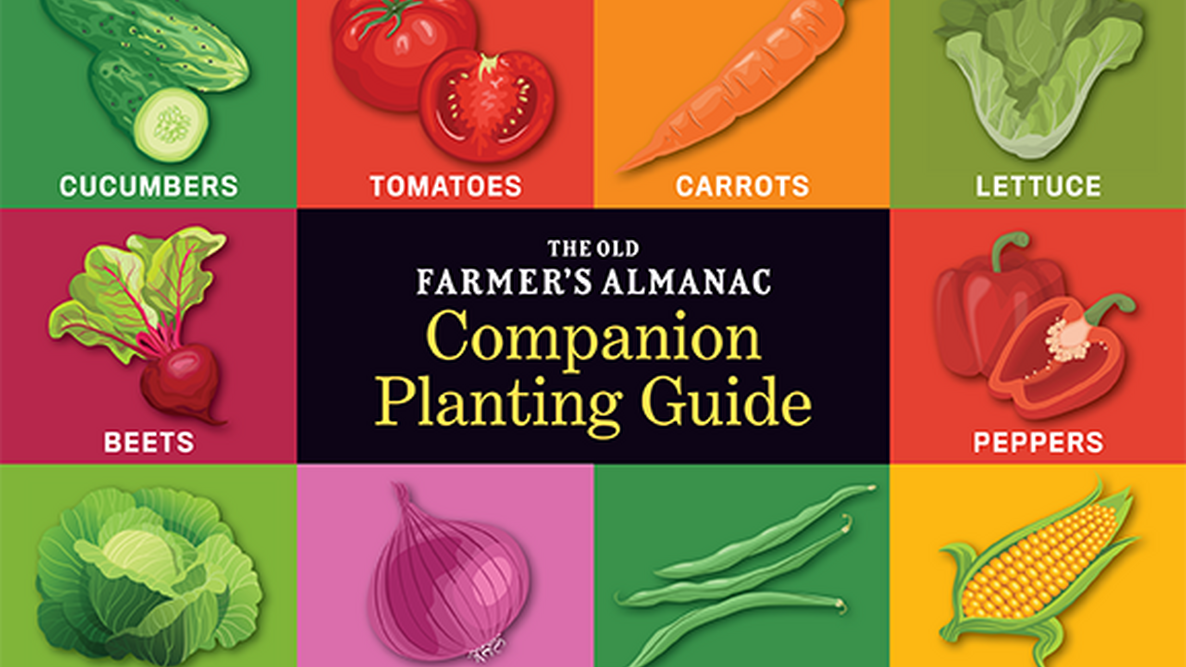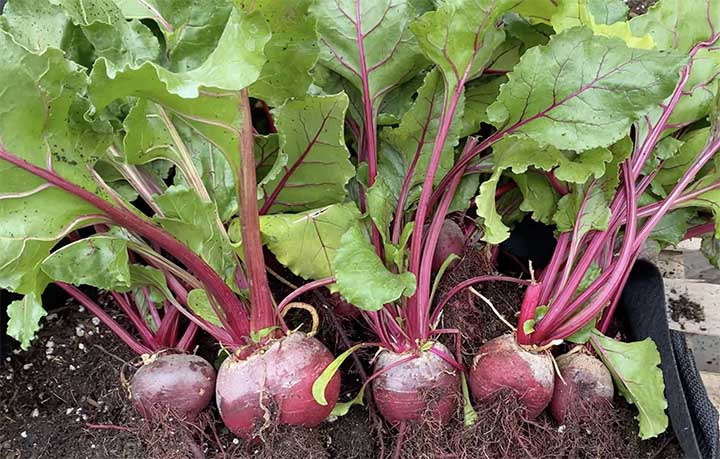Peas And Beets: The Perfect Companion Planting Combo
Peas and Beets: The Perfect Companion Planting Combo
Companion planting is a gardening practice that involves planting certain plants together in order to benefit each other. By carefully selecting which plants to grow near each other, gardeners can improve the health, growth, and productivity of their crops.
Peas and beets are two vegetables that are often paired together in companion planting schemes. These two plants have a number of benefits when grown together, including:
- Attracting beneficial insects: Both peas and beets attract beneficial insects, such as ladybugs and hoverflies. These insects help to control pests, such as aphids and cabbageworms.
- Reducing the risk of disease: Peas and beets can help to reduce the risk of disease in each other. For example, peas can help to deter the root rot fungus that can sometimes affect beets.
- Improving soil health: Peas and beets can help to improve soil health in different ways. Peas are nitrogen-fixing plants, which means that they can add nitrogen to the soil. Beets, on the other hand, help to aerate the soil and improve drainage.
- Completing the growing season: Peas are a cool-season crop, while beets are a warm-season crop. By planting peas and beets together, you can extend the harvest season in your garden.
If you're looking to plant peas and beets in your garden, there are a few things you'll need to keep in mind. First, make sure to plant peas in early spring, when the soil is still cool. Beets can be planted a few weeks later, once the soil has warmed up.
When planting peas and beets, it's important to give them enough space to grow. Peas should be planted about 2 inches apart, while beets should be planted about 3 inches apart. You'll also need to water your peas and beets regularly, especially during hot weather.
With a little planning and care, you can enjoy the benefits of companion planting by growing peas and beets together in your garden.
Here are some additional tips for companion planting peas and beets:
- Peas can help to deter the aphids that can sometimes attack beets.
- Beets can help to deter the root knot nematodes that can sometimes attack peas.
- Peas and beets can help to suppress weeds.
- Peas and beets can help to attract pollinators.
- Peas and beets can help to improve the flavor of each other.
If you're looking for a way to improve the health, growth, and productivity of your peas and beets, companion planting is a great option. By carefully selecting which plants to grow near each other, you can reap the benefits of these two versatile vegetables.
Peas and beets are two popular vegetables that can be grown together in the garden. In fact, they are considered to be companion plants, which means that they benefit each other's growth. Peas are nitrogen-fixing plants, which means that they can add nitrogen to the soil. This nitrogen can be used by beets, which are heavy feeders. Beets, on the other hand, can help to suppress weeds and pests.
If you are interested in planting peas and beets together in your garden, I recommend visiting Gardenia Inspiration. This website has a wealth of information about companion planting, including a specific section on peas and beets. You can find out more about the benefits of planting these two vegetables together, as well as specific planting instructions.
I hope this helps!
FAQ of peas and beets companion planting
1. Can peas and beets be planted together?
Yes, peas and beets can be planted together. In fact, they are considered to be good companion plants. Peas fix nitrogen in the soil, which benefits beets. Beets, on the other hand, help to suppress weeds and attract beneficial insects.
2. What are some other good companion plants for peas and beets?
Here are some other good companion plants for peas and beets:
- Carrots: Peas and carrots can help each other to grow better. Peas help to suppress the growth of carrot fly larvae, while carrots help to prevent pea root rot.
- Lettuce: Lettuce and peas can help to shade the soil, which can help to keep it cool and moist. This is beneficial for both plants.
- Onions: Onions and peas can help to repel pests, such as aphids and cabbage moths.
- Spinach: Spinach and peas can help to improve the nitrogen content of the soil. This is beneficial for both plants.
- Tomatoes: Tomatoes and peas can help to attract beneficial insects, such as ladybugs and lacewings. These insects can help to control pests in your garden.
3. What are some plants that should not be planted near peas and beets?
Here are some plants that should not be planted near peas and beets:
- Cabbage: Cabbage and beets can compete for nutrients, so it is best to avoid planting them together.
- Garlic: Garlic can inhibit the growth of peas, so it is best to avoid planting them together.
- Melons: Melons and peas can compete for water, so it is best to avoid planting them together.
- Potatoes: Potatoes and peas can attract the same pests, so it is best to avoid planting them together.
- Spinach: Spinach can suppress the growth of peas, so it is best to avoid planting them together.
4. What are some tips for companion planting peas and beets?
Here are some tips for companion planting peas and beets:
- Plant peas and beets in full sun.
- Plant peas in early spring, as soon as the soil can be worked.
- Plant beets in late spring or early summer.
- Space peas 2-3 inches apart and beets 4-6 inches apart.
- Water peas and beets regularly, especially during dry weather.
- Fertilize peas and beets monthly with a balanced fertilizer.
- Harvest peas when the pods are plump and full.
- Harvest beets when the beets are about 2 inches in diameter.
5. What are some benefits of companion planting peas and beets?
There are many benefits to companion planting peas and beets. These include:
- Improved crop yields: Companion planting can help to improve crop yields by providing beneficial nutrients and pest control.
- Reduced pest and disease problems: Companion planting can help to reduce pest and disease problems by attracting beneficial insects and repelling harmful insects.
- Improved soil health: Companion planting can help to improve soil health by adding beneficial nutrients and reducing soil compaction.
- Increased biodiversity: Companion planting can help to increase biodiversity in your garden by providing a variety of habitats for beneficial insects and other wildlife.
Image of peas and beets companion planting
- Image 1: A row of beets with a row of peas planted in between. The beets are taller than the peas, and the peas are climbing up a trellis.

- Image 2: A bed of beets with a few pea plants interspersed throughout. The beets are a deep red color, and the pea plants are green.

- Image 3: A close-up of a beet plant with a pea plant growing next to it. The beet leaves are dark green, and the pea tendrils are winding around the beet stalk.

- Image 4: A pot of beets with a few pea plants growing in the same pot. The beets are a variety of colors, including red, yellow, and white.

- Image 5: A vertical garden with beets and peas planted on different levels. The beets are at the bottom level, and the peas are climbing up the trellis.

Post a Comment for "Peas And Beets: The Perfect Companion Planting Combo"